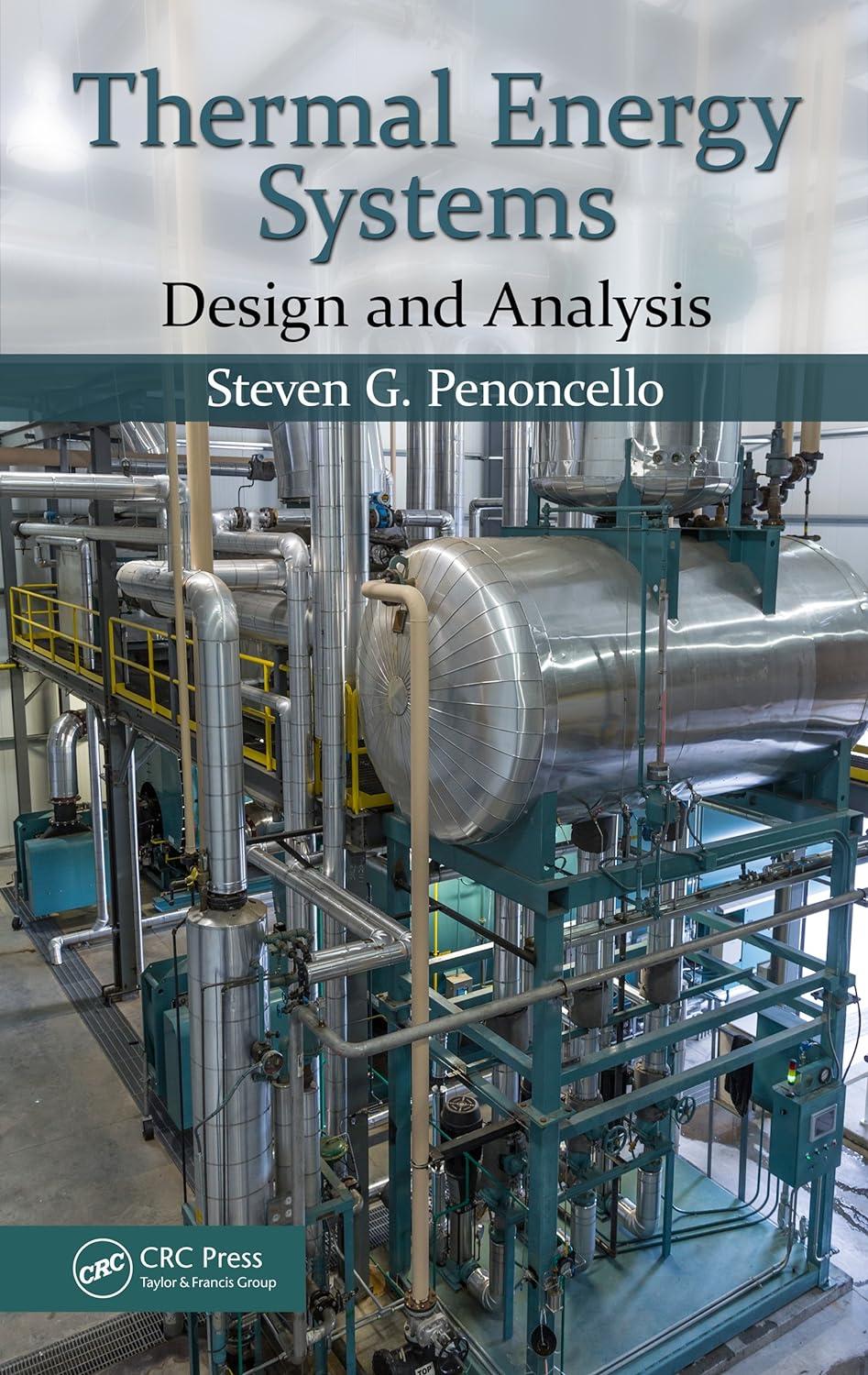4.10 Fluid flow can cause excessive wear on the inside surface of a pipe, resulting in a...
Question:
4.10 Fluid flow can cause excessive wear on the inside surface of a pipe, resulting in a much rougher surface over time. This increased surface roughness results in a larger pressure drop, which requires more pumping energy to move the fluid compared to a new pipe. Consider an expensive 14-nom sch 120 pipe that has been in service for 50 years. The pipe is horizontal. It is 1000 ft long and is transporting water at 70°F with a velocity of 8 ft/s. Because of wear, the absolute roughness of the pipe has become ε = 0.1 in.
The replacement of such a large, thick-walled pipe represents a significant cost. So, an alternative solution is being investigated. A ½-in. thick lining can be purchased that would reduce the absolute roughness to ε = 0.0004 in. It is anticipated that installing the lining will provide another 50 years of useful service for the pipe. The pump and motor combination that moves the water through the pipe has an efficiency of 54%, and the cost of energy is 0.08
$/kW·h. The pipeline runs continuously all year long. The mass flow rate of water carried by the original pipe must be the same as that carried through the lined pipe.
a. Determine the annual savings in energy cost for a lined pipe compared to the old, rough pipe.
b. If the cost of the liner is 60 $/ft, determine the rate of return that results from the investment in the liner.
c. On the basis of your analysis in part (b), is lining the pipe a good economic decision?
Step by Step Answer:

Thermal Energy Systems Design And Analysis
ISBN: 9781482245998
1st Edition
Authors: Steven G. Penoncello






